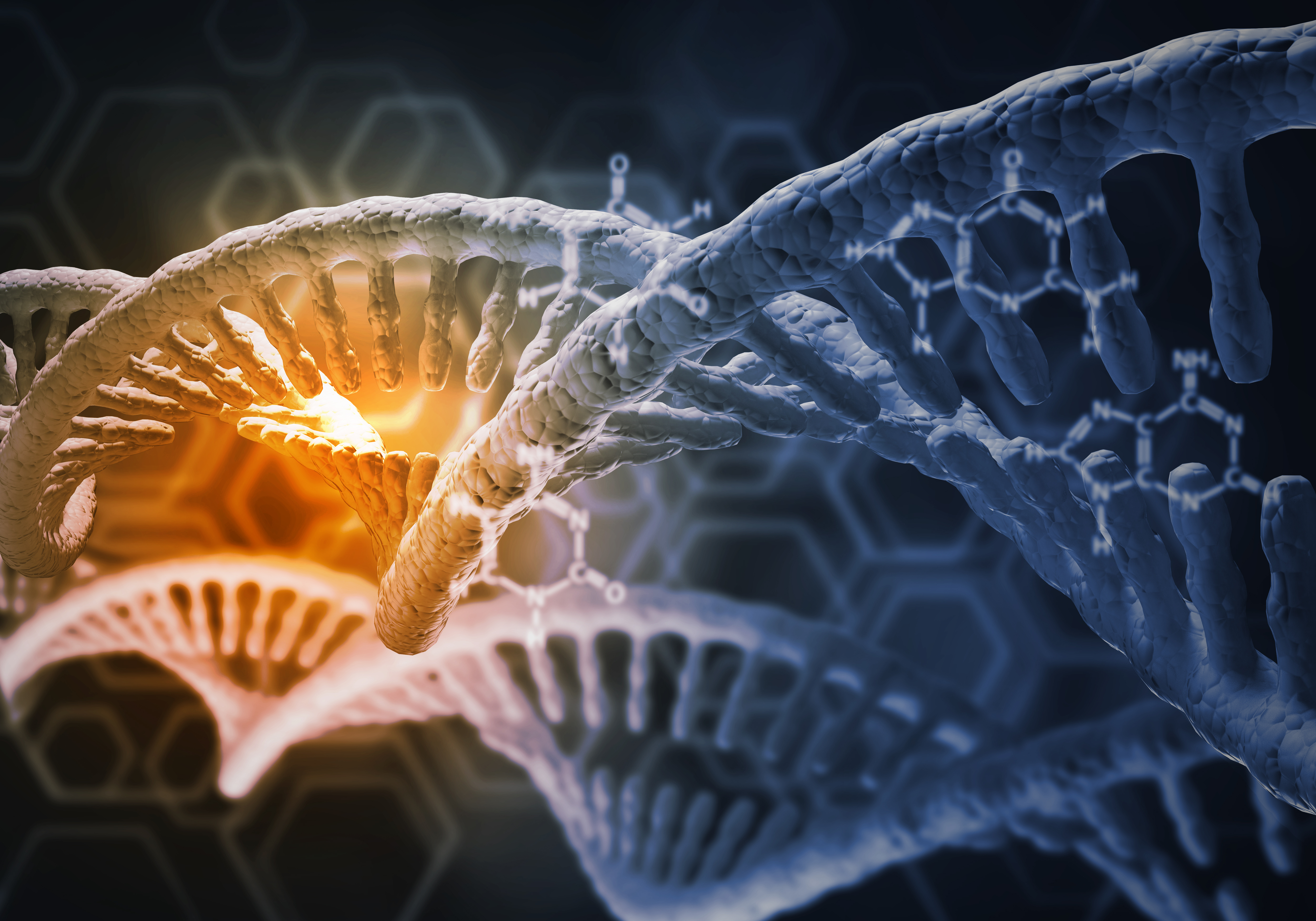Balance of Cohesin Proteins Appear Central to X Chromosome Activity

A fine balance of proteins called cohesins is important for the normal inactivation of the X chromosome, new research suggests.
Better understanding how the activity of the X chromosome activity is regulated could be important for treating conditions like Rett syndrome, which is caused by a mutation in a gene located on the X chromosome.
These findings were in the study “Balancing cohesin eviction and retention prevents aberrant chromosomal interactions, Polycomb-mediated repression, and X-inactivation,” published in the journal Molecular Cell.
The human genome — a person’s genetic code, which greatly determines health — is stored in cells in large DNA structures called chromosomes. Two of these chromosomes, known as X and Y, are major determinants of biological sex. Generally, people with two X chromosomes develop as females, whereas those with one X chromosome and one Y chromosome develop as males.
Although females have two copies of the X chromosome in all of their cells, only one X chromosome is needed for cells to properly function — in fact, a cell with two active X chromosomes cannot survive. Because of this, one of the X chromosomes gets silenced or inactivated during development.
Most cases of Rett syndrome are caused by a mutation in the gene MECP2, which is located on the X chromosome. Typically, Rett patients will have one X chromosome that harbors the mutant MECP2 gene, while the other X chromosome harbors an un-mutated version of the gene that is silenced.
Theoretically, “turning off” the X chromosome with the mutated gene and “turning on” the chromosome with the non-mutated gene could be a way to treat Rett syndrome. But it would require an extremely detailed understanding of how X chromosome inactivation works in the first place.
“The more we learn about what’s important for silencing the X chromosome, the more likely we’ll be to find ways to reactivate it and to treat conditions like Rett syndrome,” Jeannie Lee, MD, PhD, a researcher at Massachusetts General Hospital and the study’s senior author, said in a press release.
“Our goal is to reactivate the inactive X chromosome, which carries a good copy of the gene,” Lee said.
Lee and colleagues investigated the role of cohesins in X inactivation. Cohesins are regulators of gene expression — the extent that individual genes on a chromosome are “turned off” or “turned on.”
Very simply, cohesins help to form “loops” of DNA that put a given gene in close physical proximity to regulatory sequences on the same chromosome, which is important for “turning genes on.” To “turn the gene off,” a different protein acts to disconnect the gene from its regulator.
Using protein-degradation technology, the researchers tested the effect of altered cohesin levels on X inactivation in embryonic stem cells from female mice.
They found that cohesin loss disrupts the physical structure of the inactivated X chromosome, but has little effect on gene silencing (that is, the chromosome remains largely “turned off”). However, excess cohesin prevented X inactivation and limited gene silencing.
“We found that if cohesin levels build up too high, the X chromosome cannot inactivate properly,” Lee said.
“We conclude that a balance of cohesin eviction and retention regulates X inactivation and inter-chromosomal interactions across the genome,” the scientists wrote.
Additional experiments revealed that the normally active X chromosome develops physical structures that are usually only seen on an inactivated X chromosome, when cohesin levels are either too high or too low. Specifically, cohesin levels that are too low lead to the formation of “superloops,” whereas overly high levels lead to “megadomains.”
“The fact that we can confer some features of the inactive X chromosome onto the active X chromosome just by toggling cohesin levels is intriguing,” Lee said.
Additional research is underway to further characterize and understand these processes.






